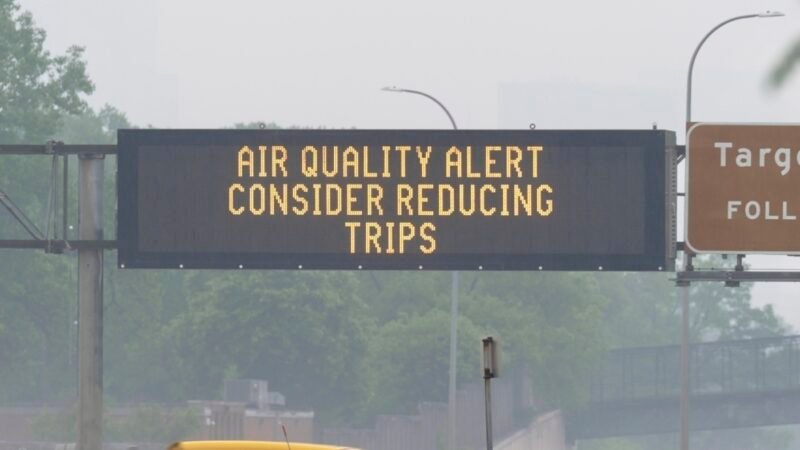Top Highlights
-
Widespread Wildfires: Over 200 wildfires are currently raging across Canada, with half deemed "out of control," leading to significant smoke impacts in the U.S. Midwest, particularly in Minnesota, Wisconsin, Michigan, and Indiana.
-
Climate Change Reality: Experts emphasize that increasing wildfire frequency and intensity is a direct consequence of climate change, making these catastrophic events a new norm across North America.
-
Health Risks: Exposure to wildfire smoke poses health risks, causing respiratory issues even in healthy individuals, stressing the importance of public awareness and preparedness.
- Global Impact: Smoke from Canadian wildfires affects U.S. air quality and highlights the interconnectedness of environmental issues, demonstrating that wildfire consequences extend beyond national borders.
Wildfires in Canada Become a New Normal, Affecting Air Quality in the U.S.
Wildfires in Canada increasingly pose challenges for nearby regions, especially in the U.S. This summer, massive wildfires erupted across Canada, leading to thick smoke drifting southward. Many residents in states like Michigan, Wisconsin, and Illinois now face poor air quality due to these fires.
As of this week, over 200 fires burn in regions such as British Columbia and Alberta, with many labeled as “out of control.” These blazes continue to threaten homes and livelihoods, forcing thousands to evacuate.
Experts attribute the rise in wildfires to climate change. Experts note that hotter, drier conditions contribute to increased fire frequency and intensity. Mapping technology helps track fire spread and air quality, showing how quickly smoke can reach urban areas.
Air quality alerts now cover much of the Midwest, with some regions experiencing unhealthy levels of pollution. Those affected suffer from respiratory issues and reduced lung function, underscoring the public health implications of these fires.
Public awareness remains essential. People often overlook where wildfire smoke originates, assuming local sources are to blame. Understanding that smoke can travel hundreds of miles can motivate individuals to take necessary precautions, such as using air purifiers and wearing masks.
University researchers emphasize that wildfire management requires collaboration across borders. Wind patterns carry smoke and impact communities far from the fires. As fires increase in severity, regions must develop advanced firefighting technologies and improve community preparedness.
Though challenging, this situation fosters innovation. Communities are adapting by investing in improved air filtration systems and enhancing public health initiatives. Continuous advancements in meteorological and firefighting technology will help mitigate the effects of wildfires, making life safer for everyone.
As air quality diminishes, public interest in wildfire preparedness grows. Being informed may lead to better health outcomes. Ultimately, a collective effort is necessary to face this new challenge.
Stay Ahead with the Latest Tech Trends
Dive deeper into the world of Cryptocurrency and its impact on global finance.
Explore past and present digital transformations on the Internet Archive.
SciV1

